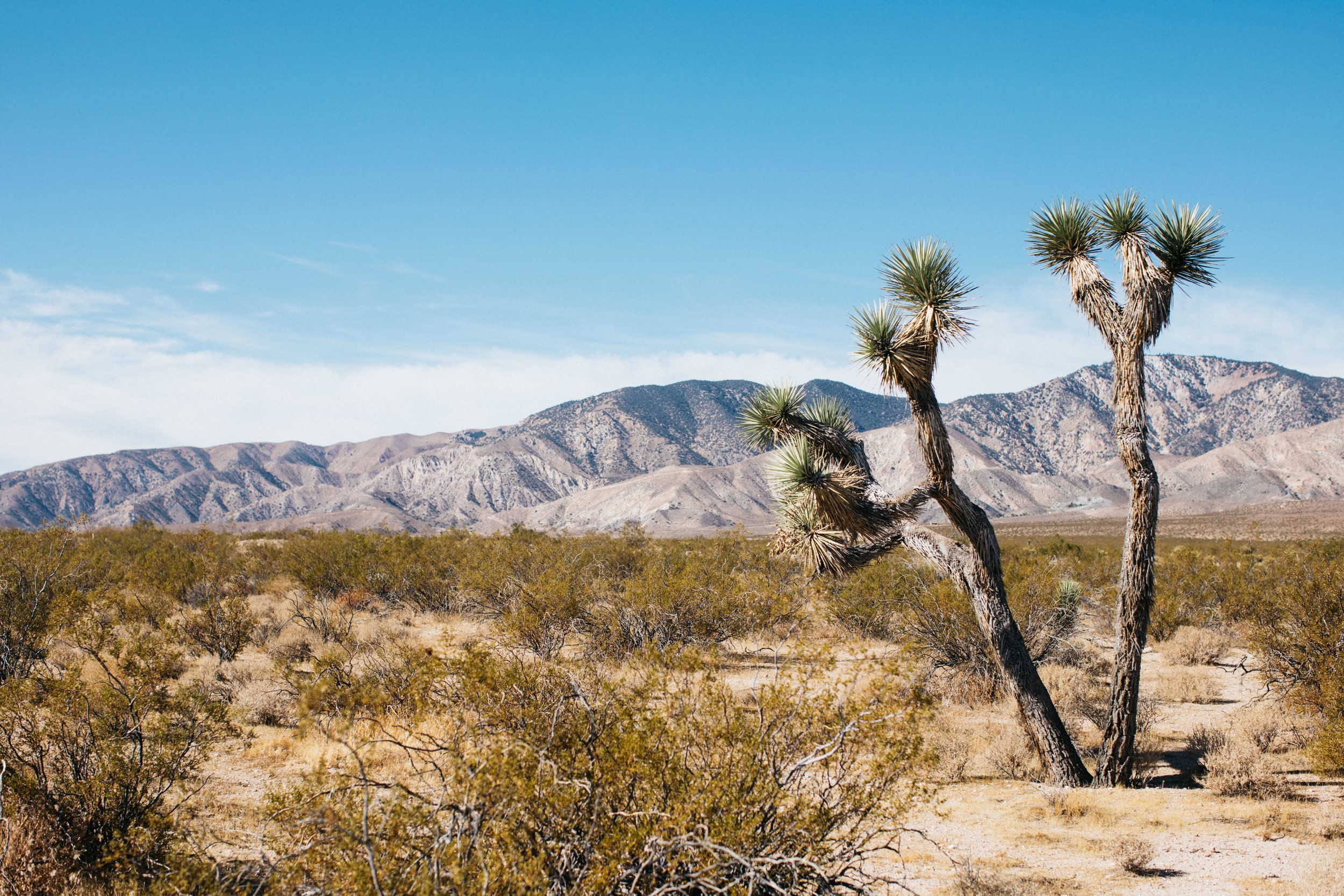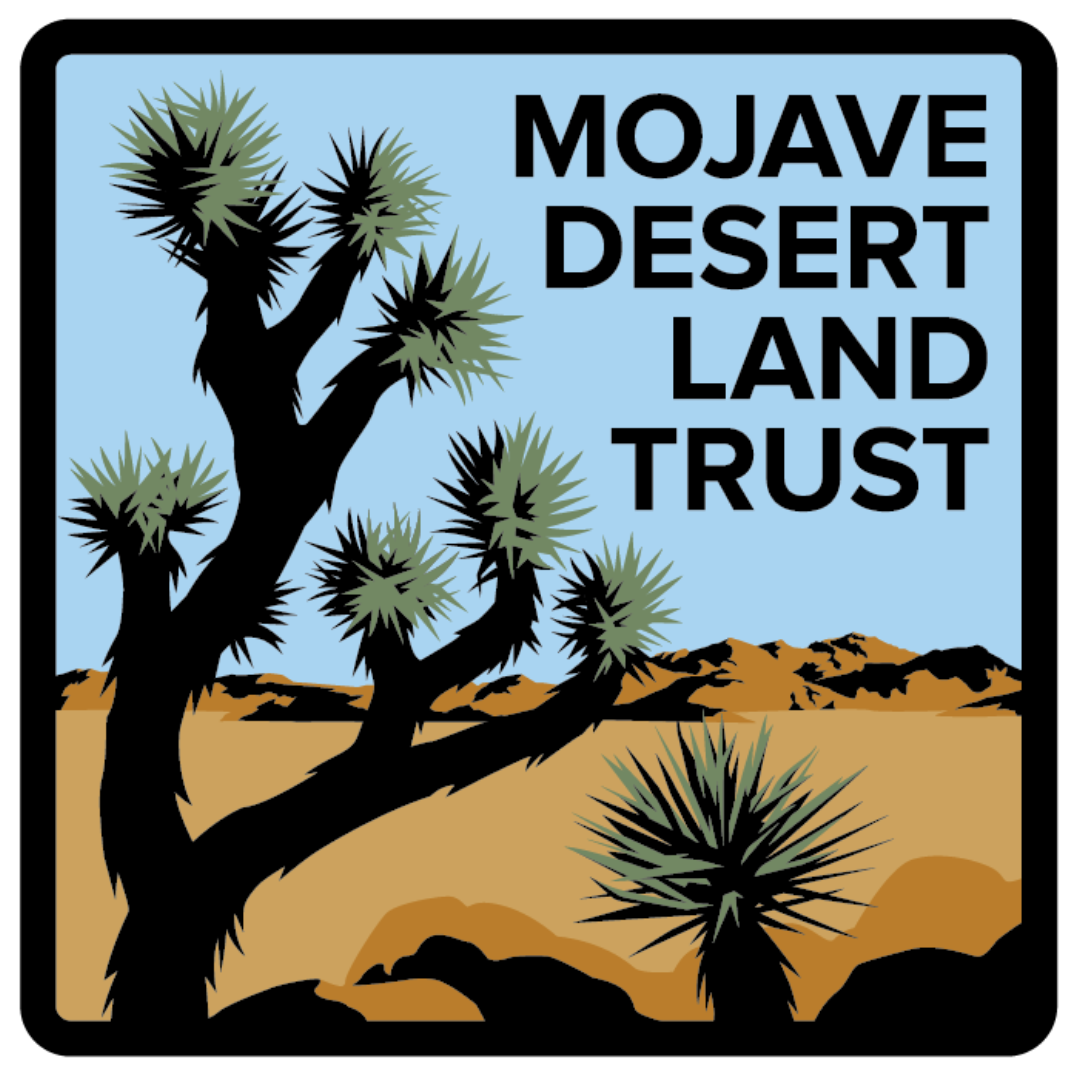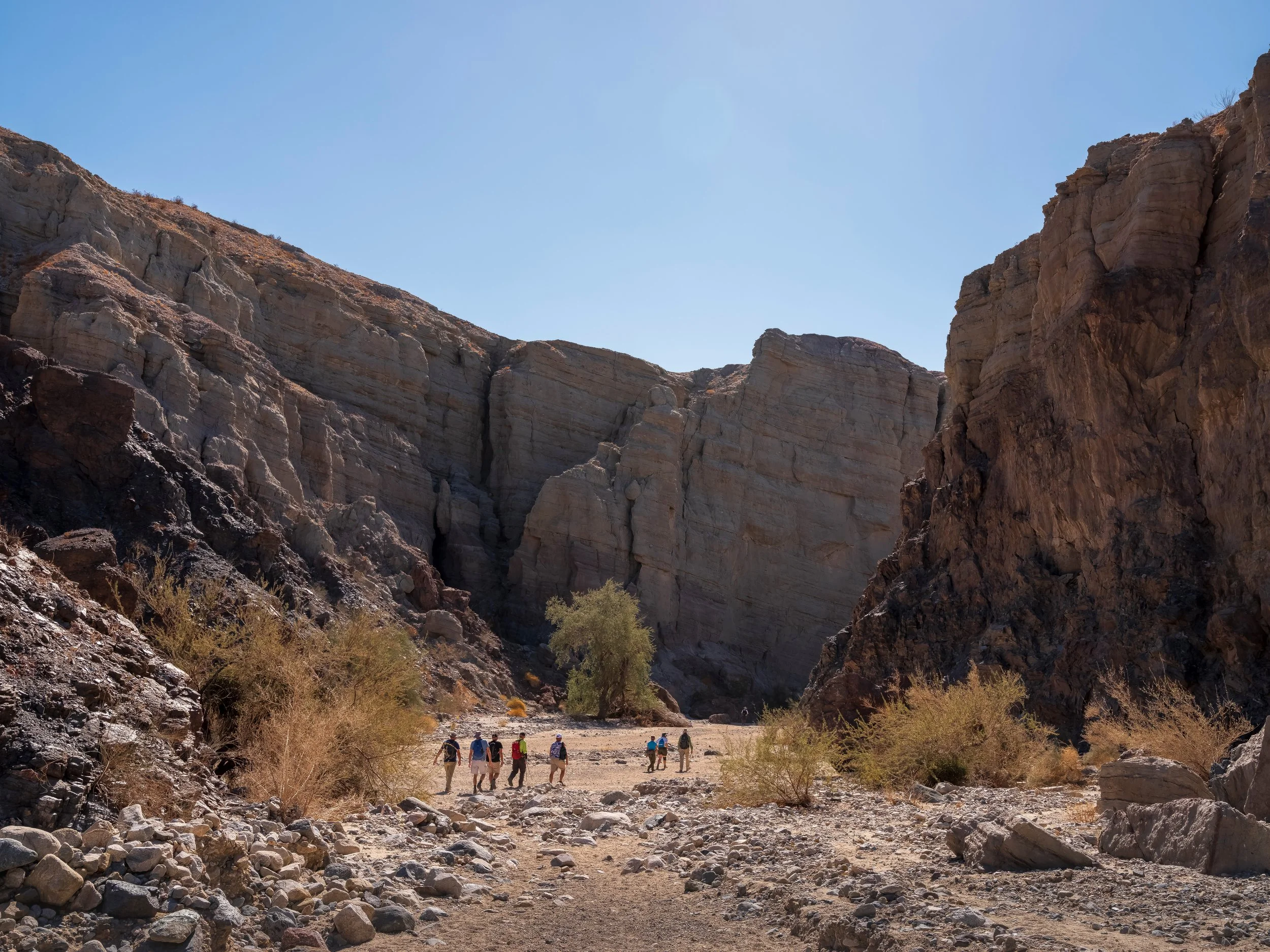
The California desert region comprises over 25% of the state and is home to more than 2,000 species of native plants, making it one of the most biodiverse regions in the country. One quarter of those species, including the iconic Joshua tree, are not found anywhere else on Earth. Today, the California desert faces several major threats, including climate change, poorly sited development, wildfire, degraded ecosystems, species loss, and drought. MDLT engages in public policy to ensure the long-term protection of the California desert ecosystems. Through this work, we are raising greater awareness of the issues affecting the California desert and taking action to preserve its natural, cultural, scenic, historic, and scientific values for future generations to experience.
Act now: Protect the nation's most important conservation funding program
The Department of Interior's Secretarial Order 3442 will place onerous restrictions on the use of the Land and Water Conservation Fund (LWCF), which provides federal agencies with the resources they need to acquire and protect ecologically significant habitat. We can't let that happen.
LWCF funds are critical to MDLT's wilderness inholdings conservation program, which is designed to reinforce conservation protections for our national parks, wilderness and monuments.
The importance of this program to conservation cannot be overstated. To date, LWCF has enabled the Mojave Desert Land Trust to return 28,941 acres to Joshua Tree and Death Valley National Parks and Mojave National Preserve, and another 28,960 acres in wilderness and desert national monuments.
We need to make our voices heard now. Please use our quick action form to ask Congress to exert its authority over LWCF and reverse Secretarial Order 3442.

Our access to clean air and water is under threat.
The Environmental Protection Agency wants to reverse one of our bedrock environmental protection policies — and we need to act now to stop them.
The EPA announced plans to reverse the 2009 Greenhouse Gas Endangerment finding, which determined that carbon dioxide and other greenhouse gases pose a threat to public health. A rollback would strip the government of its authority to regulate emissions from vehicles, power plants, and industry. It will only serve the interests of the nation's top polluters, leaving communities to grapple with adverse health effects and reduced quality of life. It will reverse decades of progress on air quality, stall efforts to combat the climate crisis, and put fragile landscapes like the California desert at risk.
Right now, the EPA is soliciting feedback from the public. We only have a short time to make our voices heard.
Tell Congress: Don’t defund our public lands!
After deep cuts from the newly enacted One Big, Beautiful Bill, Congress is considering even more massive defunding proposals for our public lands and waters. This reduction in funding would literally stop work to safeguard vulnerable wildlife, reduce public land visitor safety, and slow the rate of critical innovations to combat the climate crisis.
Don't delay: Please contact Congress now to help stop this massive defunding of environmental protections of our public lands and waters. Your voice makes a difference!
Please join the effort to preserve the California desert.
Understanding the threats
Biodiversity loss and climate change are the greatest threats to the stability of the California desert ecosystem. The region sequesters 10% of the state’s carbon emissions, and is expected to play an even greater role under rising CO2 levels. The main thing that compromises that storage capacity is disturbance of the fragile desert soil.
Every year, thousands of acres of desert habitat are fragmentated and degraded from recent human activities such as urban growth, illegal off-highway vehicle activity, large-scale development, and resource extraction.
Faced with these pressures, wildlife need space to migrate to maintain genetic diversity. More linkages are needed to help connect populations of plants, pollinators, and other organisms, so they can forage, find shelter, mate, and thrive.
Habitat connectivity supports the desert’s long-term ecological health. Development and resource extraction contribute significantly to habitat loss. Over 20 new mining or large-scale renewable energy projects were under consideration in the California desert at the start of 2023. Mining can impact the desert by introducing toxic chemicals like cyanide into aquifers, while poorly sited utility projects scrape the desert bare of vegetation across thousands of acres, often in functioning ecosystems.
The desert serves increasingly as a transport hub. Nitrogen deposition from vehicle and other emissions has led to soil nitrification. Invasive species thrive under these altered conditions, becoming sources of fuel for wildfires and shifting habitat towards non-native grasses and forbs. Human water diversion and flood control measures have altered the desert’s hydrology to supply agriculture and cities.
Sacred sites and ancestral homelands are a fundamental part of tribal life today. But development across desert lands threatens long-held spiritual connections with ancestry and cultural artifacts that connect the past to the present.
Despite this alarming backdrop, the region’s stark beauty, world-class recreational opportunities, and iconic species are attracting more visitors every year. Over five million people visited the desert’s national parks in 2021, experiencing first-hand their natural, cultural, and historic resources.
The Mojave Desert Land Trust aims to ensure the California desert remains an inter-connected ecosystem that works to support biodiversity and human life. Through community engagement, conservation work, advocacy, and hard-won milestones we have a chance of overcoming the greatest threats facing the region.






